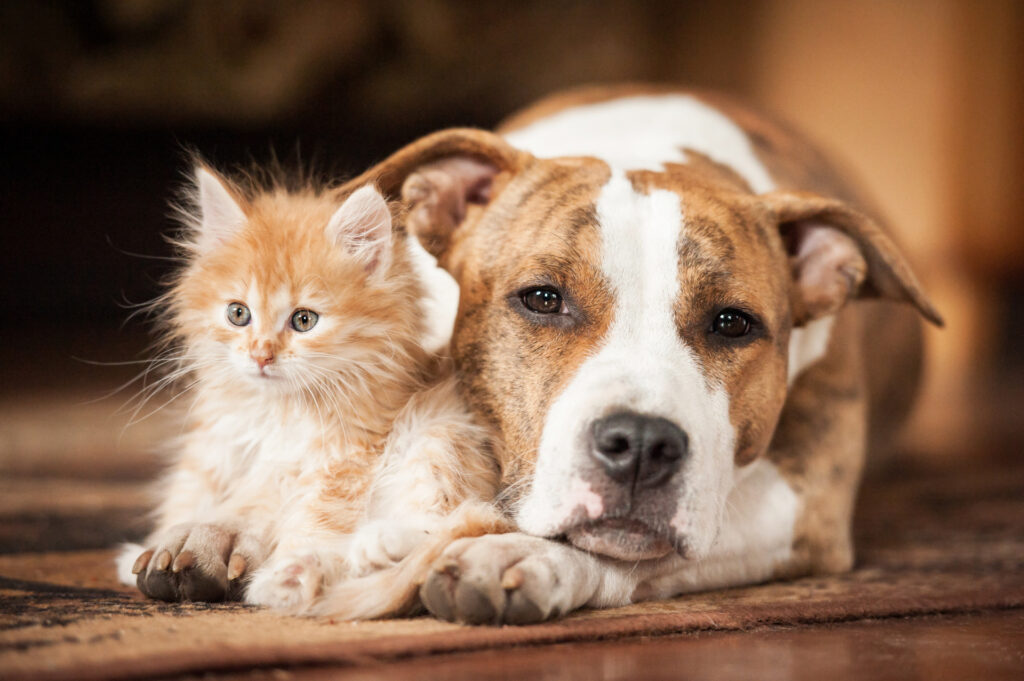Creating a pet-friendly home environment is essential for the well-being of your furry friends. Whether you have a dog, cat, bird, or other small animals, making your home safe and comfortable for them requires thoughtful planning and adjustments. Here are some practical tips to help you design a pet-friendly space that keeps your pets happy and healthy.
- Pet-Proof Your Home
Safety is the foremost priority. Start by identifying potential hazards in your home. Secure electrical cords, which can be tempting chew toys, with cord protectors or by tucking them away. Store household chemicals, medications, and small objects that can be swallowed in secure cabinets or out of reach. Ensure that windows and balconies are securely screened to prevent falls.
- Create a Comfortable Space
Just like humans, pets need their own space to relax and feel secure. Designate a cozy area with a comfortable bed or crate for your pet to retreat to when they need rest. Ensure this space is quiet and away from high-traffic areas. For cats, consider adding vertical spaces like cat trees or shelves, as they love to climb and perch.
- Provide Mental and Physical Stimulation
Keeping your pet mentally and physically stimulated is crucial for their overall well-being. Provide a variety of toys that cater to their natural instincts. Dogs benefit from chew toys, puzzle feeders, and regular playtime, while cats enjoy interactive toys, scratching posts, and laser pointers. Additionally, daily exercise is vital—regular walks for dogs and interactive play sessions for cats can help prevent behavioral issues.

- Pet-Friendly Furniture and Flooring
Choose pet-friendly materials for your furniture and flooring to ensure longevity and ease of maintenance. Opt for fabrics that are resistant to stains and odors, such as microfiber or leather. For flooring, consider materials like tile, laminate, or hardwood, which are easier to clean and less likely to be damaged by claws. If you prefer carpets, choose low-pile options and invest in a good vacuum cleaner.
- Designate Feeding and Litter Areas
Establish specific areas for feeding and, if applicable, litter boxes. Place food and water bowls in a quiet, low-traffic area to ensure your pet can eat and drink in peace. For cats, position litter boxes in secluded but accessible spots, and clean them regularly to maintain hygiene and prevent odors.
- Incorporate Pet-Friendly Plants
While adding greenery to your home, be mindful of the plants you choose. Some common household plants are toxic to pets. Opt for pet-safe varieties like spider plants, Boston ferns, and baby’s tears. Research any new plants before bringing them into your home to ensure they won’t harm your furry friends.
